This study expands the potential applications of the SMP foam in tissue engineering.
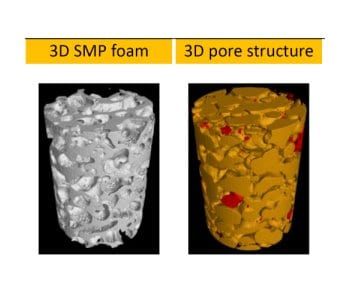

This study expands the potential applications of the SMP foam in tissue engineering.
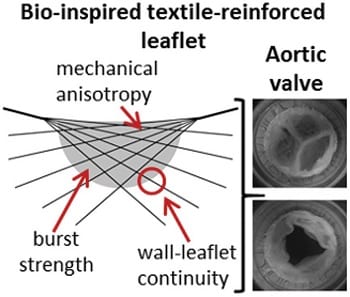
The BioTexValve demonstrates the potential of bio-inspired textile-reinforcement for the fabrication of functional tissue-engineered heart valves for the aortic position.
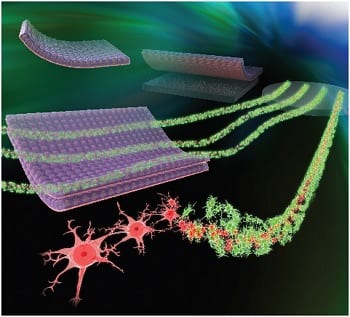
This new tissue engineering approach may be useful to establish a technology for regenerative medicine and drug discovery using the patient’s own neurons.
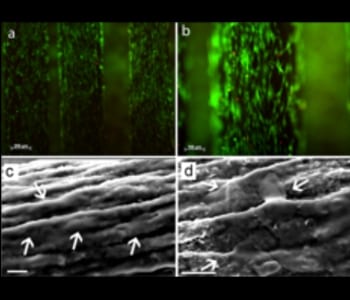
Researchers develop conducting graphene–PLGA fiber electrode that promotes muscle cell growth, and that could stimulate muscle regeneration.
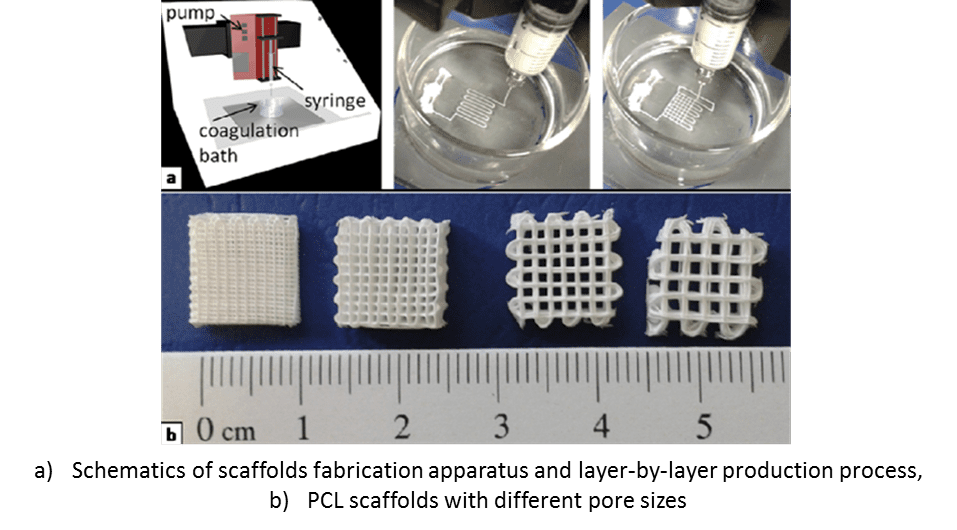
A common goal for tissue engineering has been finding a way to regenerate and repair the inflamed tissues.
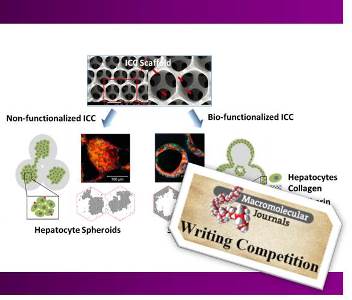
Micro-porous PEG hydrogels are functionalized with collagen type-I that has a selective response with human hepatocarcinoma cells.

A zwitterionic polynorbornen-modified surface facilitates growth and proliferation of model endothelial cells.

Touch- and brush-spinning methods for drawing of nanofibers, core–shell nanofibers, and their aligned 2D and 3D meshes have been developed.
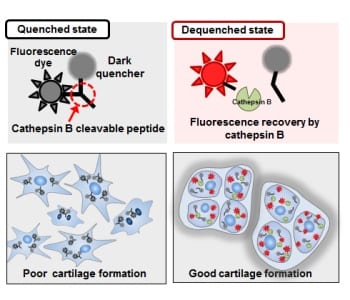
Cathepsin B molecular imaging has been shown to be a powerful tool in reflecting the potential of cartilage formation and predicting the quality of cartilage.
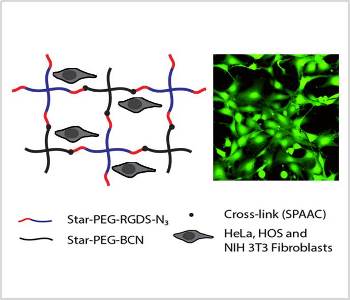
Soft biocompatible PEG hydrogels with tunable mechanical properties and RGDS-content have been prepared by Löwik et al. using a copper free-click reaction.